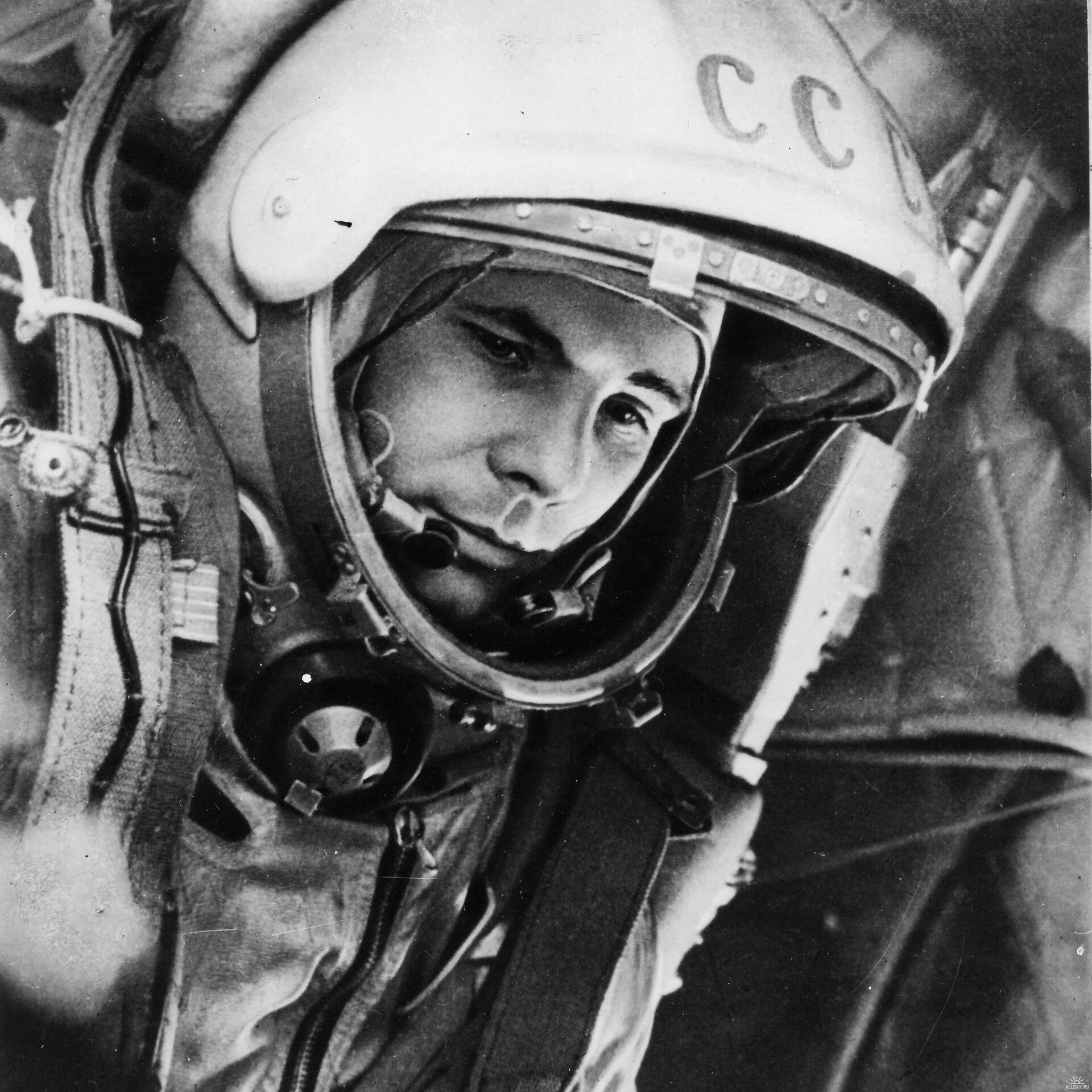It’s getting to be quite a long time since the first human space flight.
Sixty years ago, on April 12, 1961 – nearly 58 years after the Wright Brothers made the first powered flight – Yuri Gagarin orbited the Earth in the Vostok 3KA-3 capsule, proving that humans could indeed travel into space and return safety.

Since then, we have pursued one of humanity’s oldest dreams, to push back our frontiers by exploring space. Along the way, we have had to meet a constant stream of technological, political and human challenges.
One of the major milestones was the Apollo program to reach the Moon. A human being first set foot on the lunar surface on July 20, 1969, one of the most breathtaking achievements in human history. It was also an indelible moment in time for everybody who witnessed it, captured in iconic black & white images, and this legacy has been passed down to further generations as the symbol of a new world and endless possibilities.

Building on experience with the Space Shuttle, Space Lab, MIR and Skylab, the International Space Station then took shape, a joint effort by many nations that signaled a new era of peaceful international teamwork.

Over the last 20 years, the ISS has been home to some 200 astronauts and cosmonauts. It’s also an unrivaled laboratory, enabling us to carry out tests that will lead to a better and more sustainable life down on Earth.

Today, we can imagine two new paths for a human presence in space. The first is the “new space” economy that will open space to more commercial use, including space tourists and allowing companies to test their products under Zero-G conditions.
The second path involves an expanded human presence in space, starting with the construction of a lunar space station.
The Artemis program, launched by NASA in cooperation with ESA and other space agencies, aims to land the first woman and the next man on the Moon, while also setting up a permanent manned base.
The lunar space station, Gateway, will play a crucial role in this program.

But no matter how futuristic it may seem, the Moon is also just a waystation en route to more ambitious goals, namely Mars. By setting up a base on the Moon, we can learn critical lessons about space travel and teach the next generation of spacefarers how to survive on a planet hundreds of millions of kilometers away.
If we are to turn the current talk of colonizing Mars into a reality, we have to meet the daunting challenge of living in an extremely hostile environment. In turn, this will demand the development of unprecedented technologies
Giving substance to these futuristic programs is a task for the hundreds of thousands of men and women working in the space industry.
At Thales Alenia Space, we helped turn the International Space Station dream into reality. Over the years we have supplied more than the half of its pressurized volume, working with partners worldwide to provide emblematic components like the Cupola, Nodes 2 and 3, the Permanent Multipurpose Module (PMM) the Multipurpose Logistic Modules (MPLM) and the Columbus Laboratory structure, along with cargo modules for ATV resupply vessels and key components of the commercially-funded Nanoracks Bishop Airlock. We also provide the pressurized structure for the Cygnus cargo vessels that ferry supplies to the International Space Station twice a year.

This trend will continue. We’ve also been chosen by Axiom Space to provide 2 pressurized components of their future commercial space station, for which French designer Philippe Starck was selected to create interiors of the habitation module. We are working on the Habitation and Logistic Outpost’s pressurized module dedicated to Lunar Gateway on behalf of prime contractor Northrop Grumman. We recently delivered the primary structure for this module.
Europe is moving full speed ahead as well. We are working with ESA to build the backbone of Orion, the space capsule that will travel to the Moon, being also prime contractor for Lunar Gateway’s ESPRIT and IHAB modules, to support astronauts in lunar orbit.

Thales Alenia Space offers the perfect combination of makers’ experience and dreamers’ vision, enabling us to support today’s ambitious goal of achieving a sustained human presence in outer space.
Our teams are already developing solutions to enable people to live on the Moon, while delving into the advanced concepts needed to send the first human to Mars.



